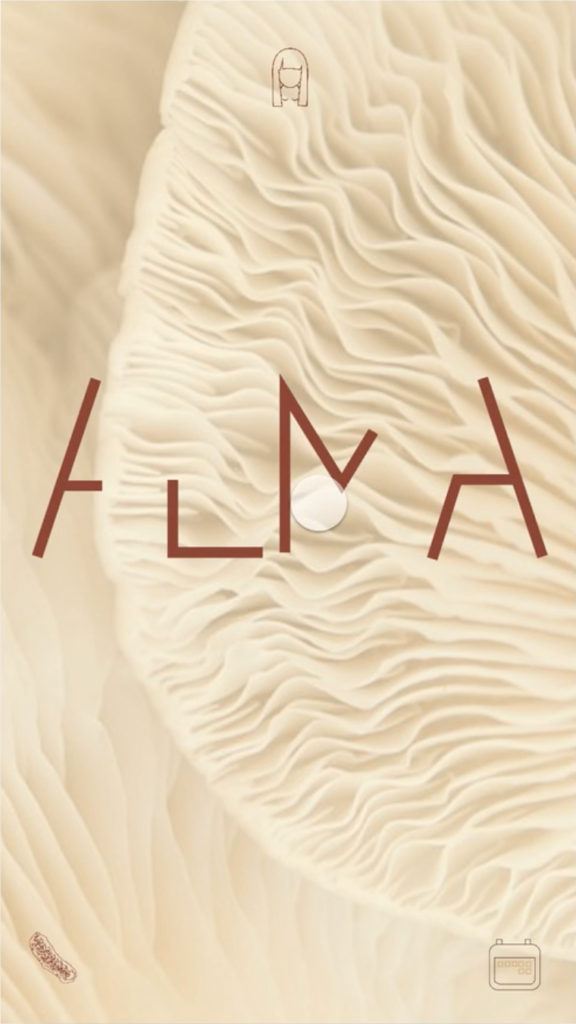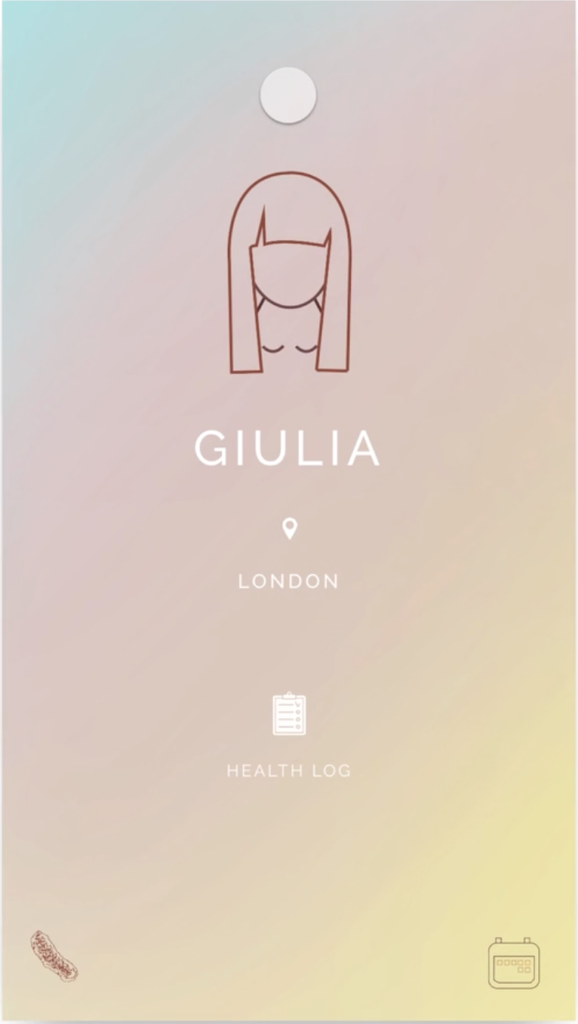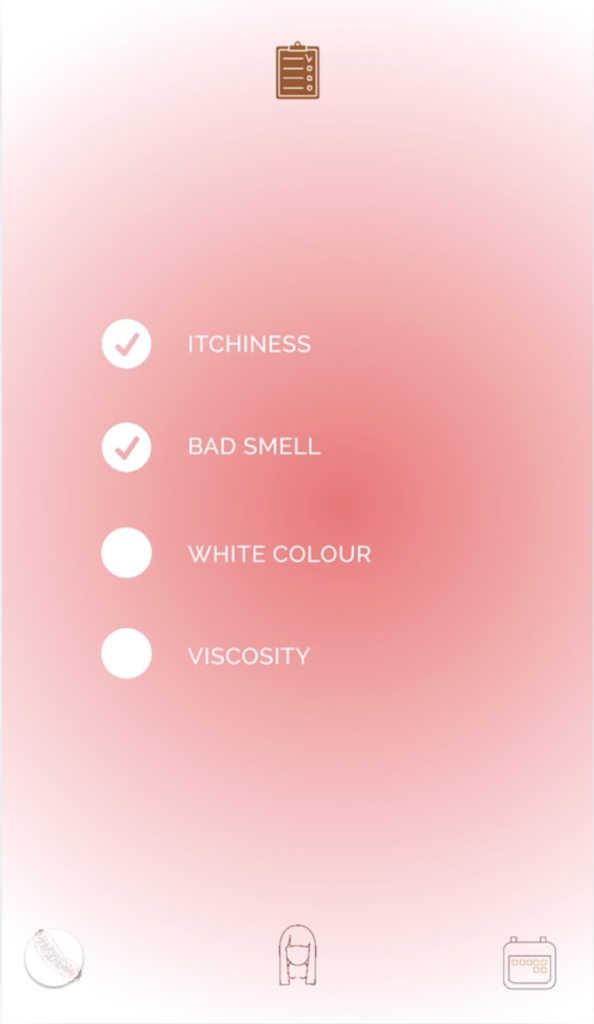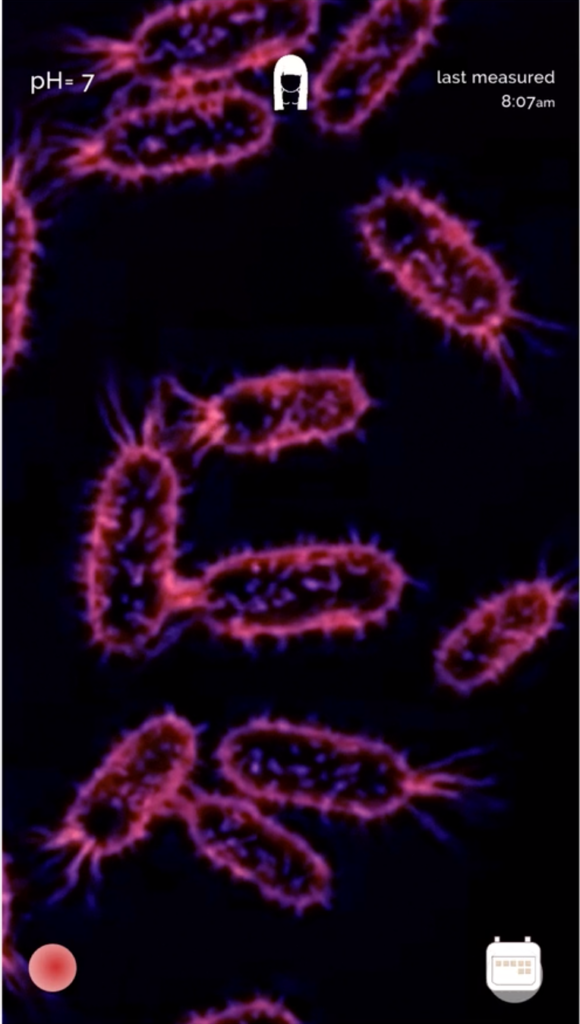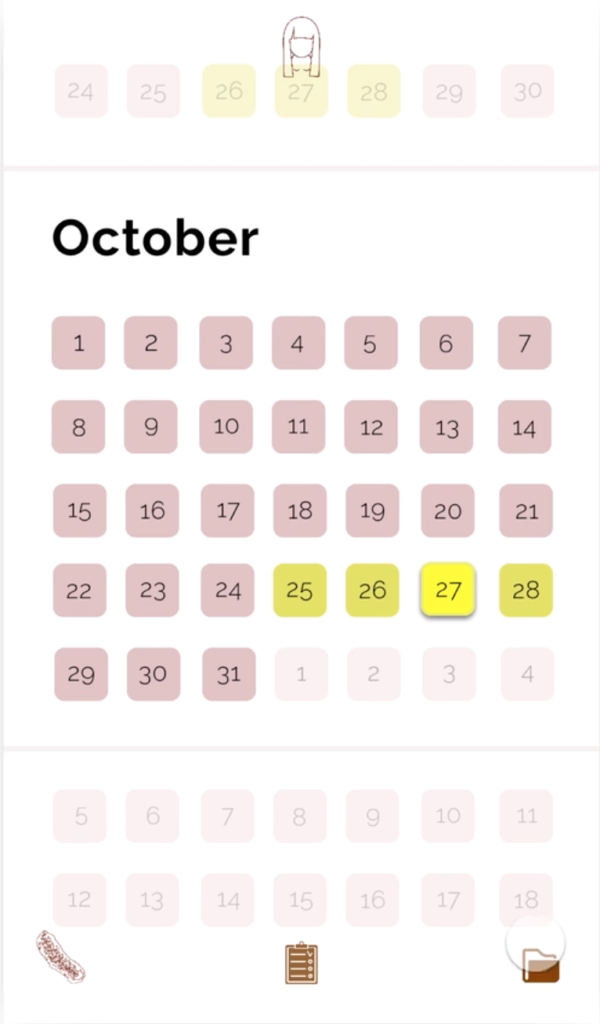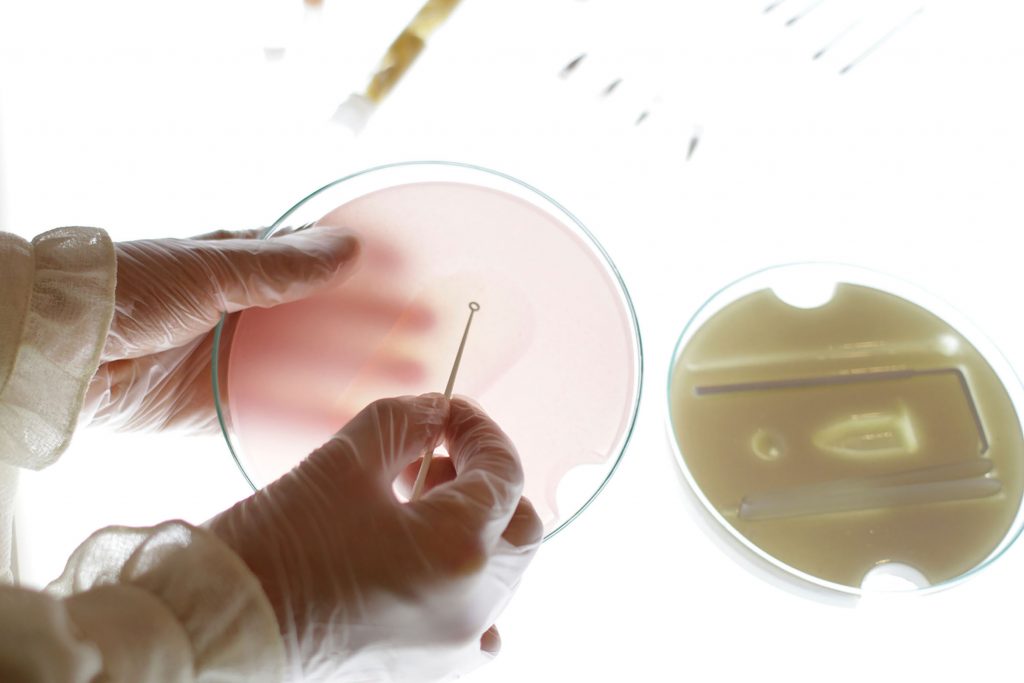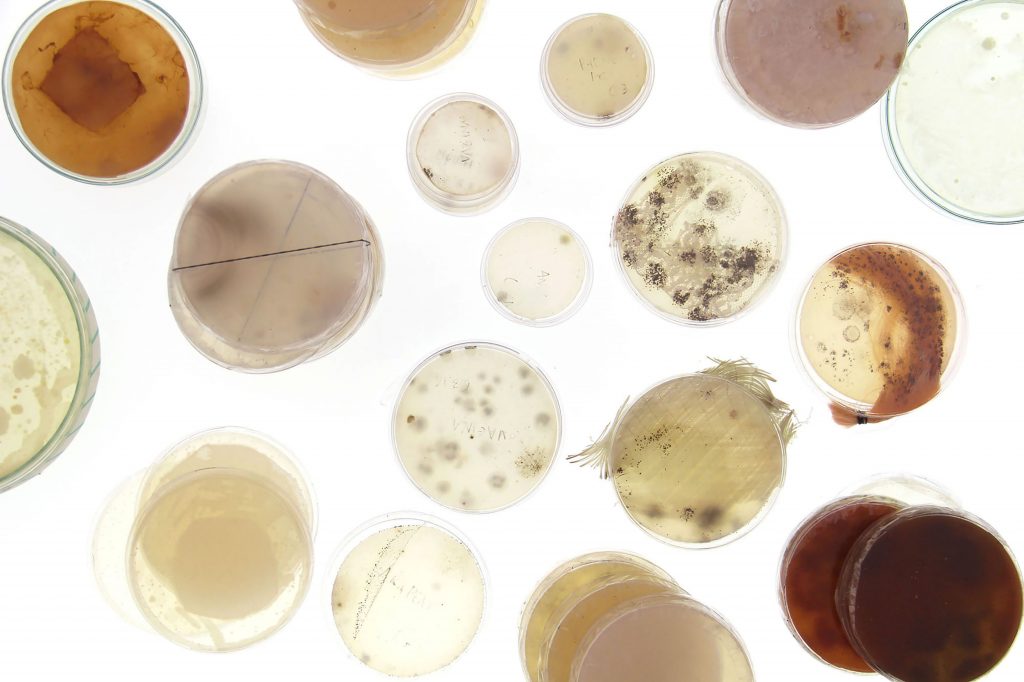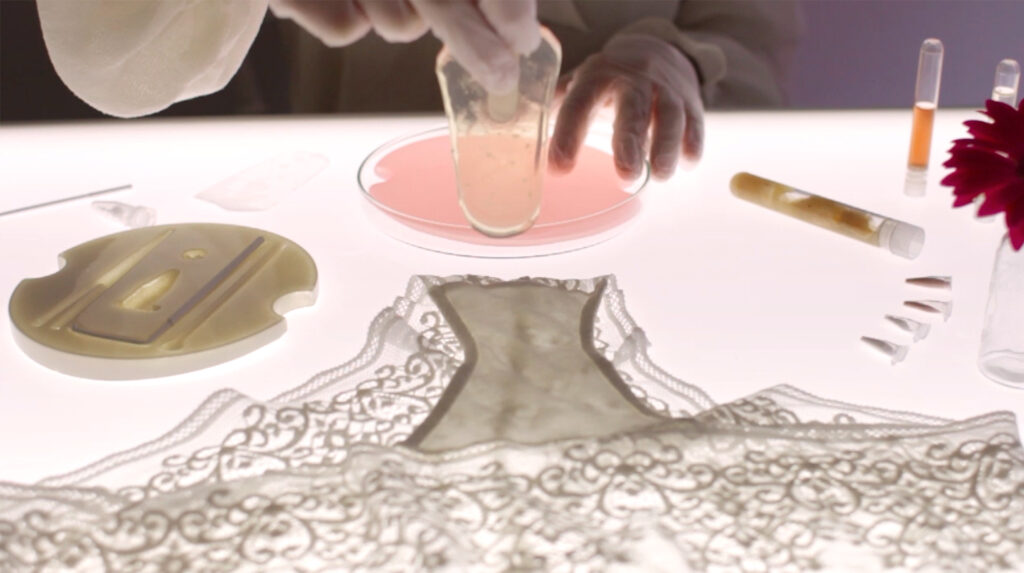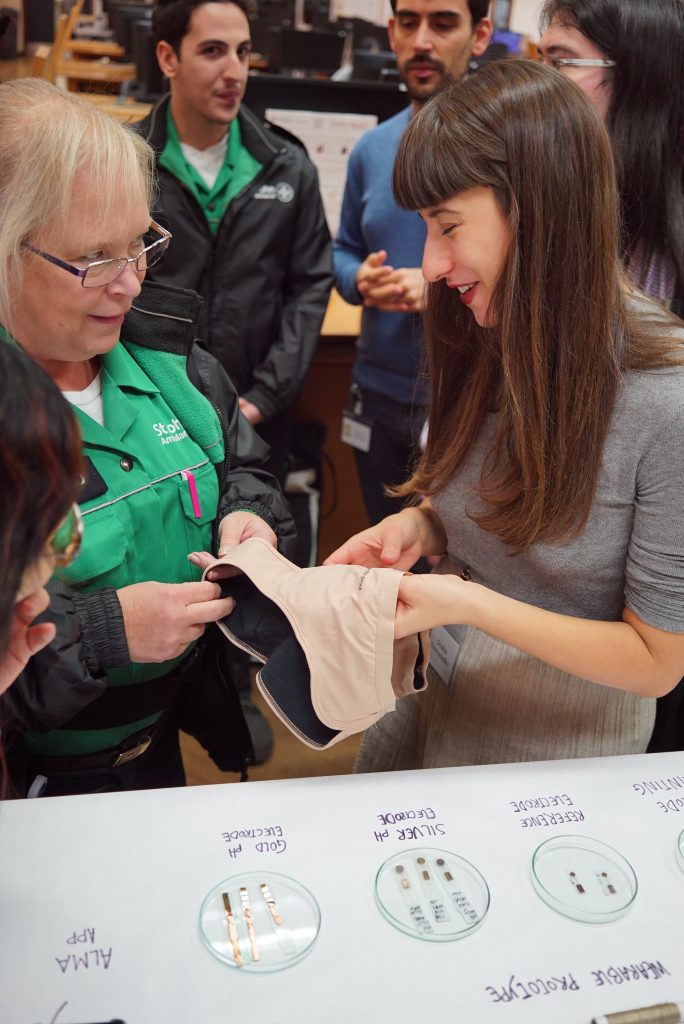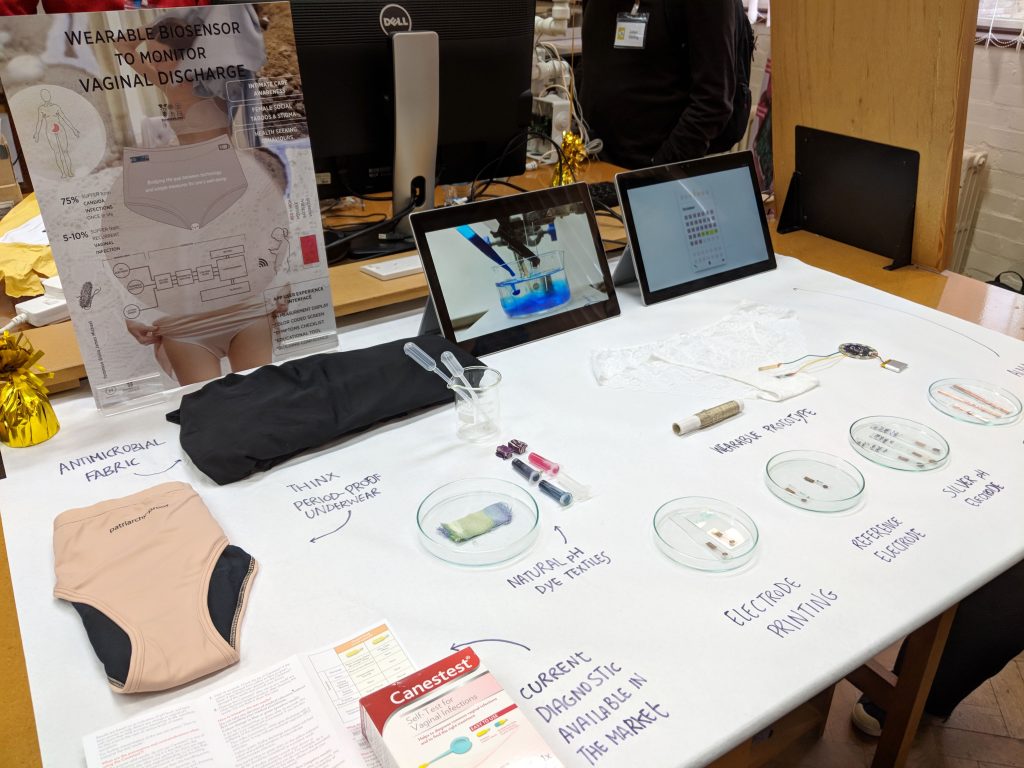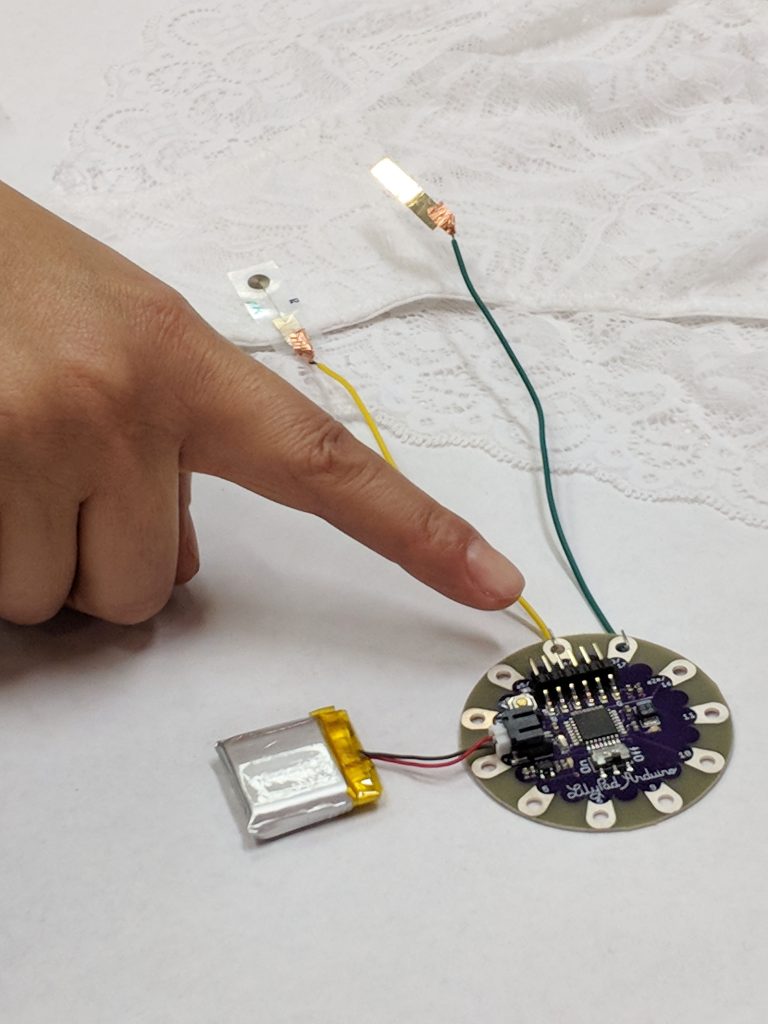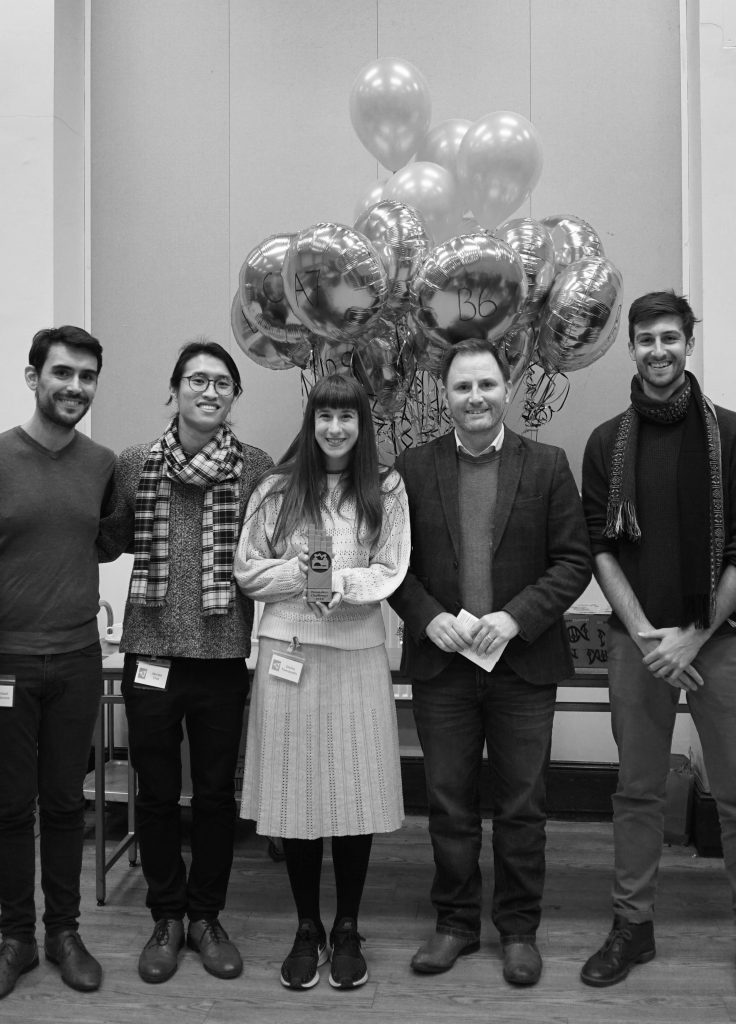ALMA – Monitoring Vaginal fluids
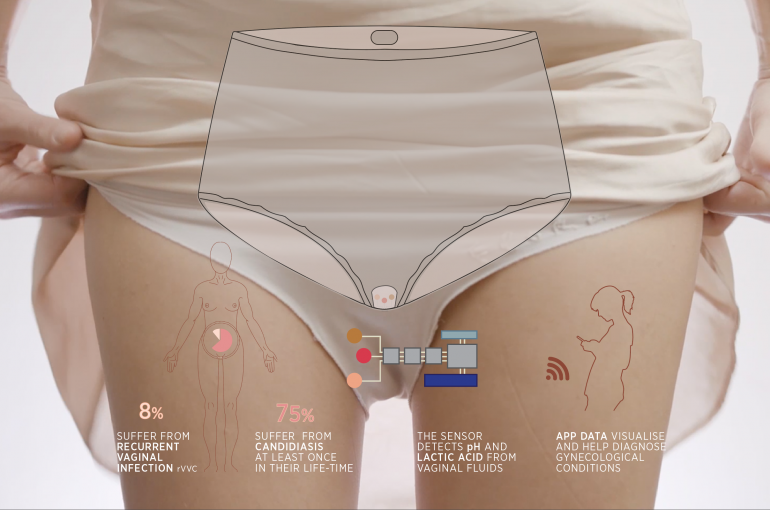
Health monitoring is moving home, as consumers seek to gather data allowing them to both optimise their day-to-day wellbeing and potentially prevent future medical problems using the latest technology. At-home testing kits have the potential to boost the diagnosis of medical problems that may be deemed embarrassing or in circumstances where healthcare is difficult to access.
Alma is a non-invasive wearable device that monitors vaginal discharge to help women suffering from recurring gynaecological conditions.
The inconspicuous biosensor sits inside the underwear and monitors markers of infection, providing a profile of what may be normal for the individual and highlighting any concerning results.
Vaginal infections such as candida vulvovaginitis and bacterial vaginosis, represent a significant health burden to women and can have many repercussions on their quality of life, with distress, loss of self-esteem and confidence, particularly when these may be recurrent. Often enough, societal stigma on these conditions prevents the normalization of the discourse around urogynaecological infections and may hinder health-seeking behaviours, posing women at risk of medical complications, some of which of a rather serious degree.
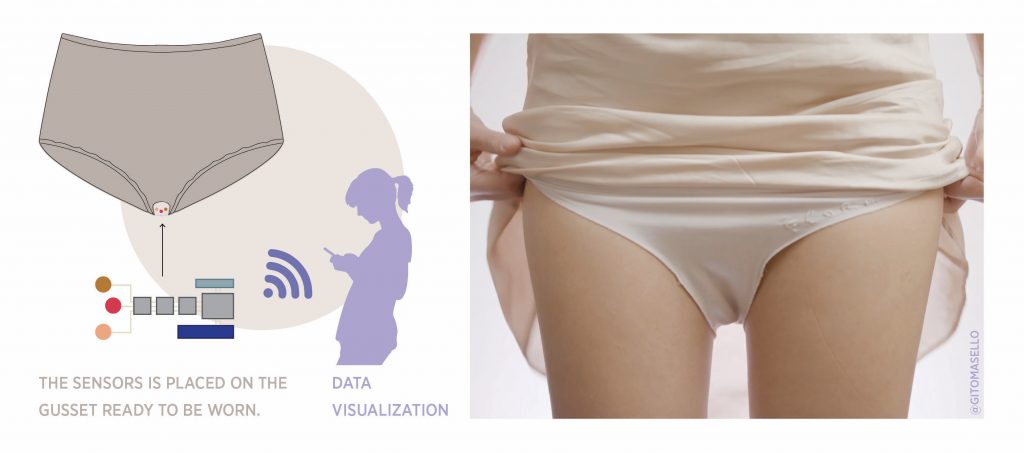
Envisaged user interface of wearable sensor.
From sensor concept to the laboratory bench, we aim to develop a less conspicuous, wearable system that is low cost and reusable, capable of detecting pH and lactic acid from vaginal secretions and gather data that can be stored and used to reconstruct an individual’s physiological profile over an extended period of time. Supporting women to take a more active role in their diagnosis and treatment, these data will be interfaced with a mobile app designed to interface the sensor, monitor the vaginal chemistry and generate educational awareness.
Reference Electrode
The pH sensor was fabricated first due to its simpler design. The key tasks were: reference electrode fabrication, pH electrode fabrication and sensor testing. The silver electrode and the conductive paths were successfully printed using AJP. The silver electrode was transformed into an Ag/AgCl reference electrode by drop-casting a solution of FeCl3. The formation of the reference electrode was confirmed by Raman spectroscopy.
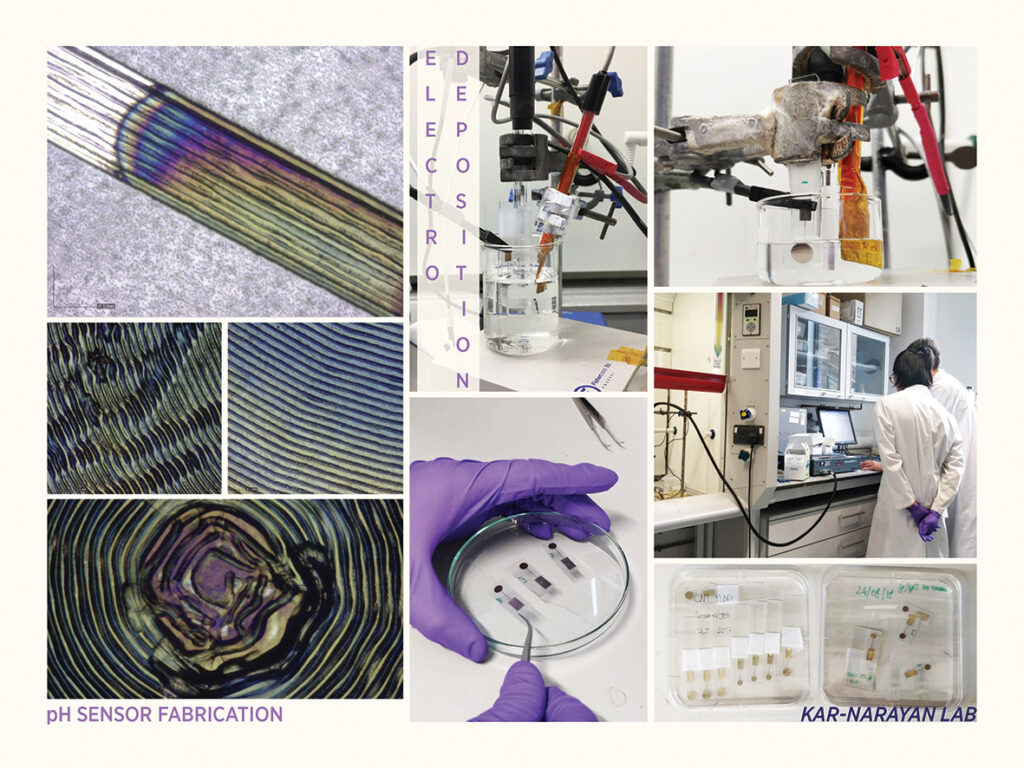
Tommaso fabricating the pH sensor at Kar-Narayan Lab – University of Cambridge.
pH Electrode
The pH working electrode was fabricated by electrodeposition of polyaniline(PANI) onto the electrode using cyclic voltammetry. Initially, the electrode material was silver, but experimental work showed that no polyaniline was formed on the electrode surface. This was likely caused by the chlorination of the silver electrode surface during the electrodeposition. Therefore, the electrode material was switched to gold as it is a more stable metal. The deposition of polyaniline on the gold was successful and it was confirmed using Raman spectroscopy.
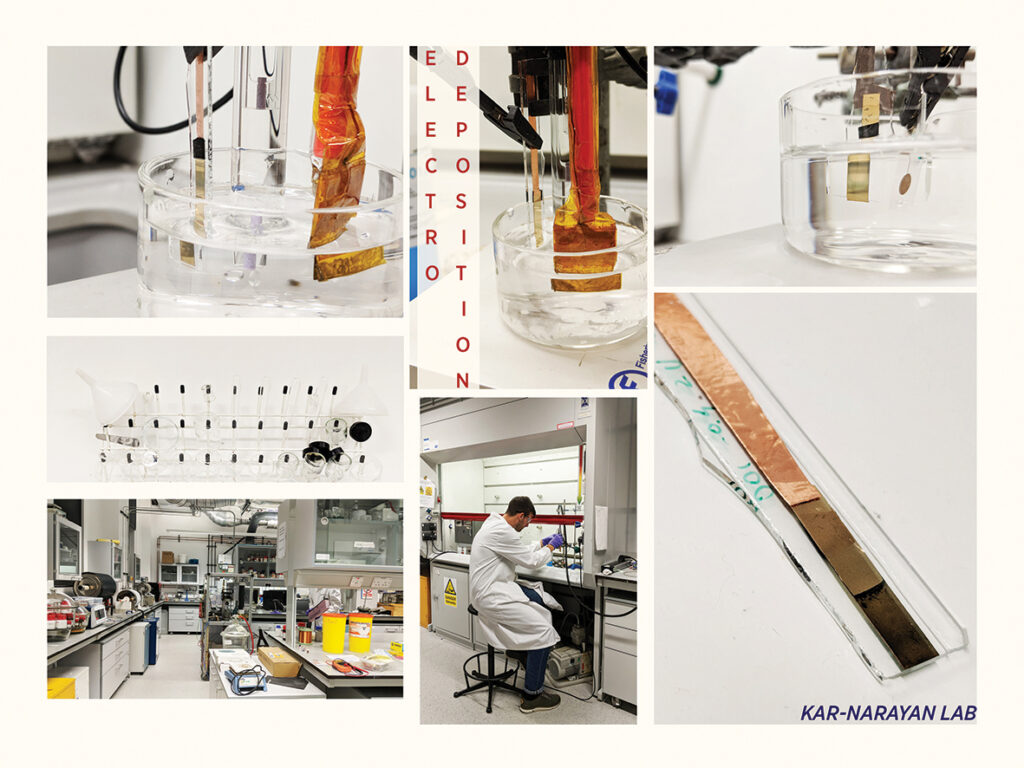
Tommaso developing the pH electrode at Kar-Narayan Lab – University of Cambridge.
Sensor Testing
The pH and reference electrode were connected to create a sensor. The sensor performance was evaluated using potentiostat and several pH buffer solutions. The potential between the two electrodes was measured and used to determine pH. The sensor successfully measured changes in pH when the pH buffer solution was added. Check the sensor testing trial here.
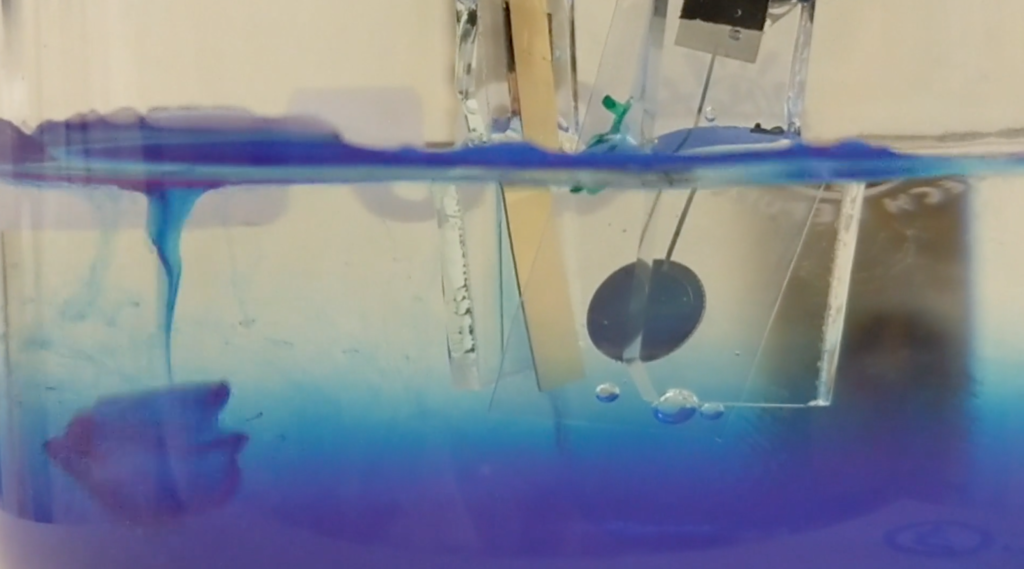
Testing pH electrode at Kar-Narayan Lab – University of Cambridge.
Alma app
Alma user-friendly mobile app will allow women to understand better their bodies, share their experiences more easily with their doctors, and even with other women, going beyond what society defines by repulsive, and learning to love all of our bodies. The app is designed to interface the sensor. The sensor will sample the fluid pH at regular intervals, send information via Bluetooth to the user’s smartphone, and display the data gathered. Tracking the normal and abnormal activity of your body will not only generate awareness, but also promote health-seeking behaviours where necessary, and self-care management. Check Alma app demo here.
Although the first steps into testing these sensors have been completed, there are many changes, tests and development of the technical components left to tackle. Here the article on Hackster.io
Bridging the gap between technology and simple measures for one’s well-being.
The idea for Alma was the result of a fortuitous set of circumstances that brought together a designer (Giulia), an engineer (Tommaso) and later a biochemist (James) and a medical student (Michele).
Giulia, specialised on wearable technology, analyses the intimate life of women and its link to everyday life when it is affected by vaginal infections. Her path started during her Master in Central Saint Martins when she graduated with Future Flora, speculative harvesting kit that allows women to be more involved in their own healthcare by thoroughly examining their own bodies and having almost full control of their flora. The combination of biophilia, wearable technologies and women’s healthcare is just the next step in the future of health that women are waiting for.
The project, inspired by Future Flora, aimed at providing an educational platform to raise awareness of the problem of vaginal infections, and more generally break the taboos still associated to women’s health, and propose a solution that would incorporate the new developments in small-scale biosensors with less invasive, women-friendly monitoring devices.
Alma started with the support of SynBio SRI Fund, OpenPlant Fund and the Biomaker Challenge Project where in 6 months, we developed samples of the sensor and exhibited the first proof of concept. In October 2018, Alma won the Biomaker Challenge Spirit Award for the multidisciplinary soul of the team.
We are grateful to SynBio SRI Fund and OpenPlant Fund for the initial financial support and to Dr.Sohini Kar-Narayan for her technical support and access to the equipment. Working in collaboration with Kar-Narayan Lab Group, as a leading expert on flexible printed electronics in the University of Cambridge, is a major asset for developing Alma.

Alma is designed to empower women to become more familiar with their own bodies, develop their confidence and become an expert and active patients, more willing to seek healthcare professional advice when necessary, discuss their symptoms openly and break some of the taboos that are still attached to gynaecological health.
We made the first few steps for sensor development and are looking forward to tackling the technical and information challenges ahead. We hope Alma will encourage women to become more conscious of their own body signals and challenge societal boundaries regarding female taboos.
Thanks to Re-FREAM Project, Alma is collaborating with Fraunhofer IZM, Europe’s largest application-oriented research organization specialised on e-textiles, to develop a potentially reusable wearable device, that would be made in textiles and placed in the gusset of the female underwear.
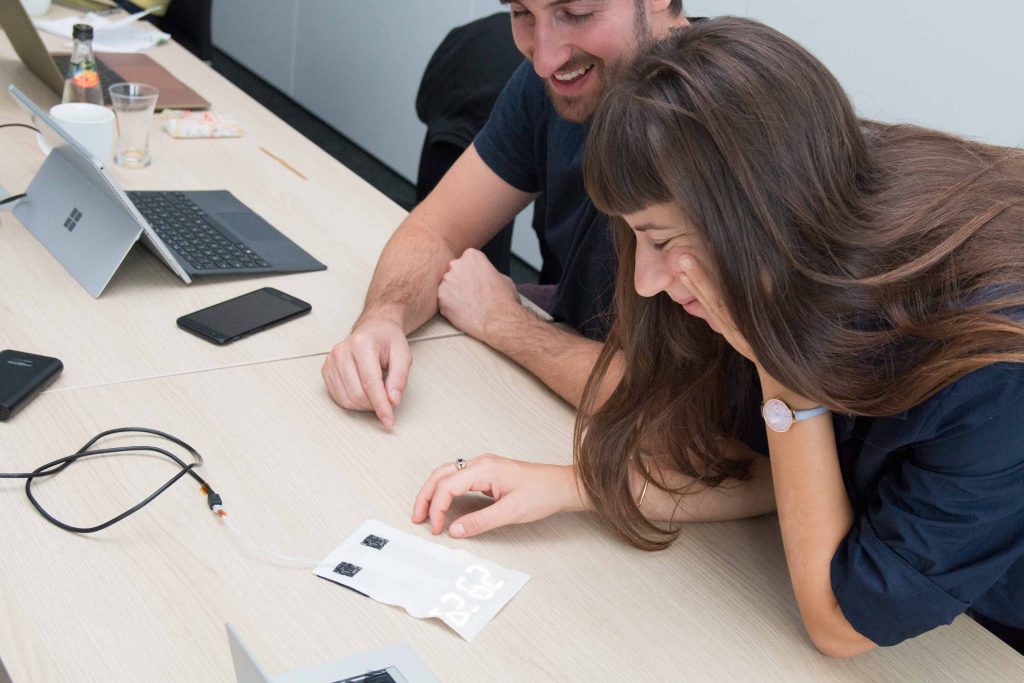
Tommaso and Giulia during the Kickoff Meeting in Berlin at Fraunhofer IZM.
Giulia Tomasello is a designer innovating in women’s healthcare combining biotechnology and interactive wearables. Winner of Re-FREAM and STARTS Prizes both awarded from EU Horizon 2020 for her projects Alma and Future Flora. This year winner of World Omosiroi Japanese Award for her multidisciplinary work.
Tommaso Busolo is a PhD student at the University of Cambridge. His work focuses on developing smart textiles for energy harvesting and sensing applications. He has expertise in printed and flexible electronics fabrication and testing.
Thanks for reading! More info on gitomasello.com



